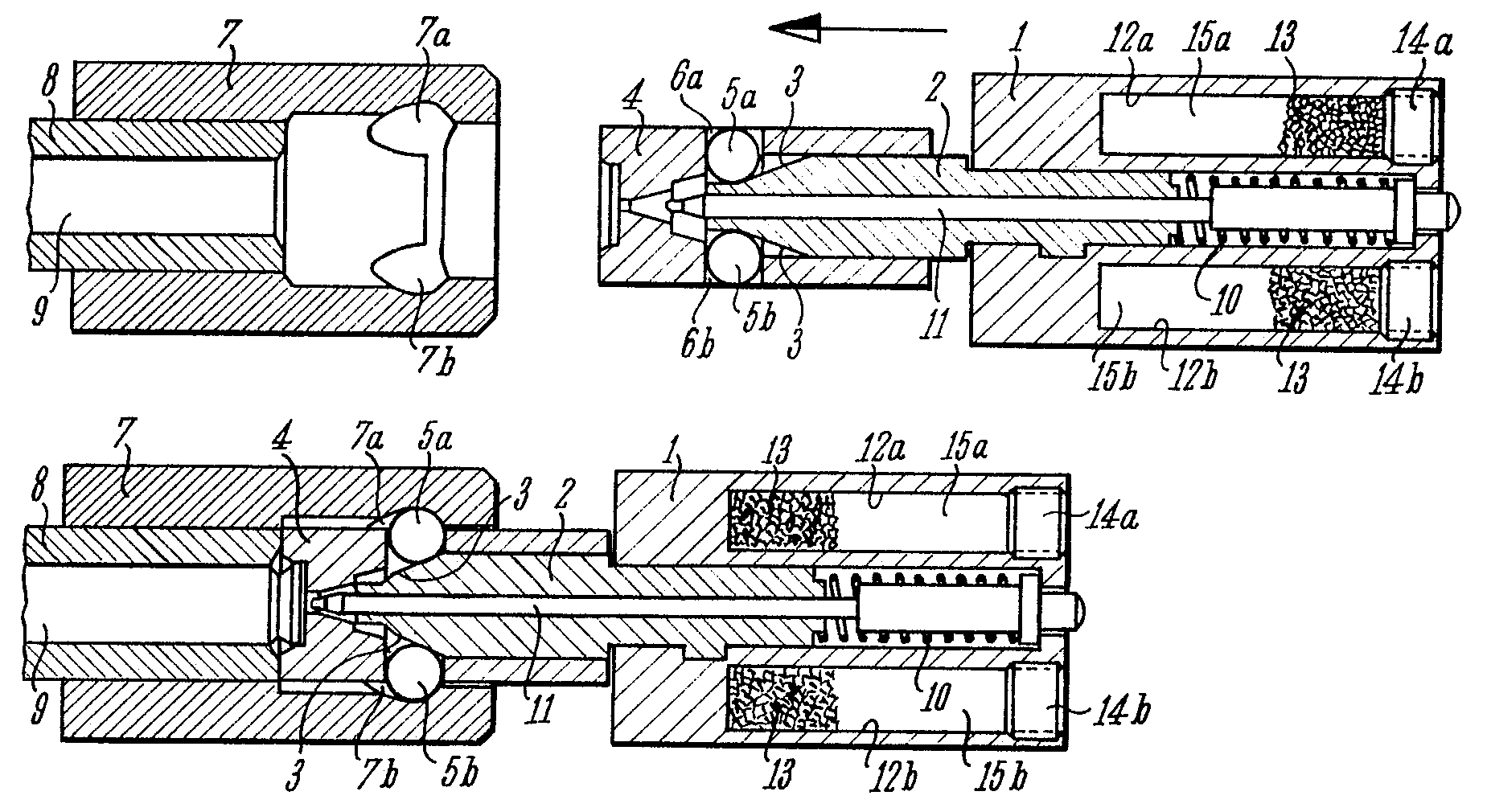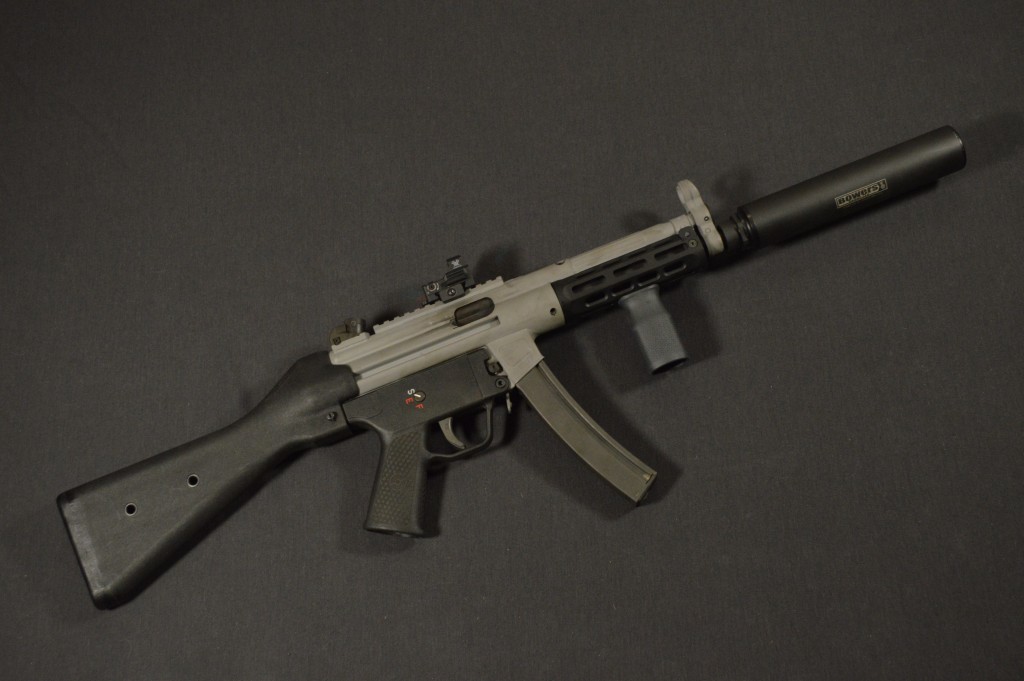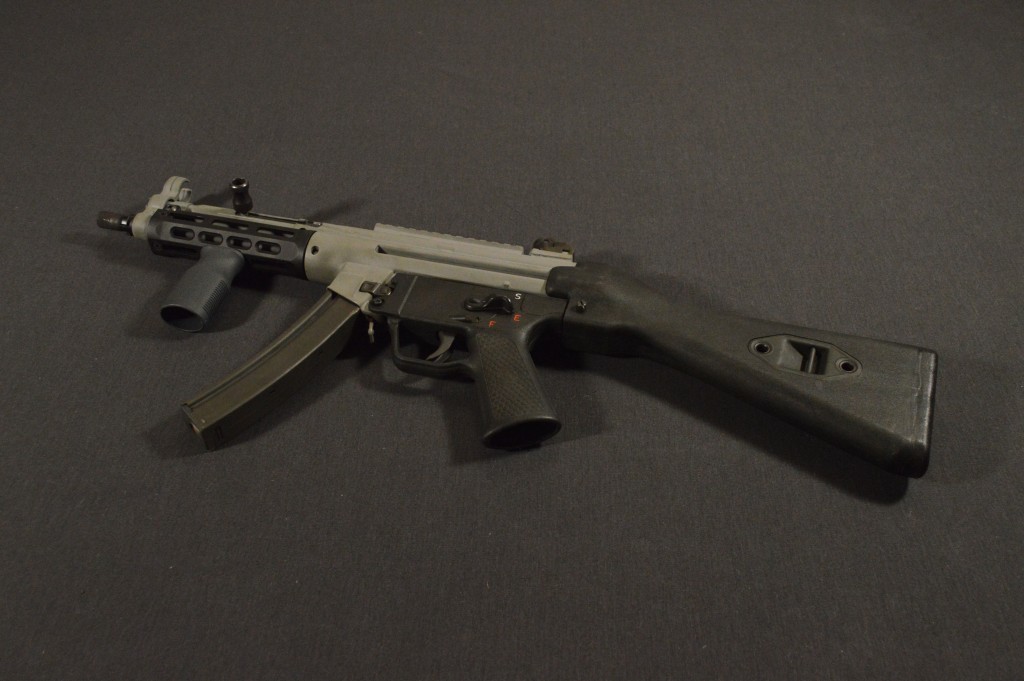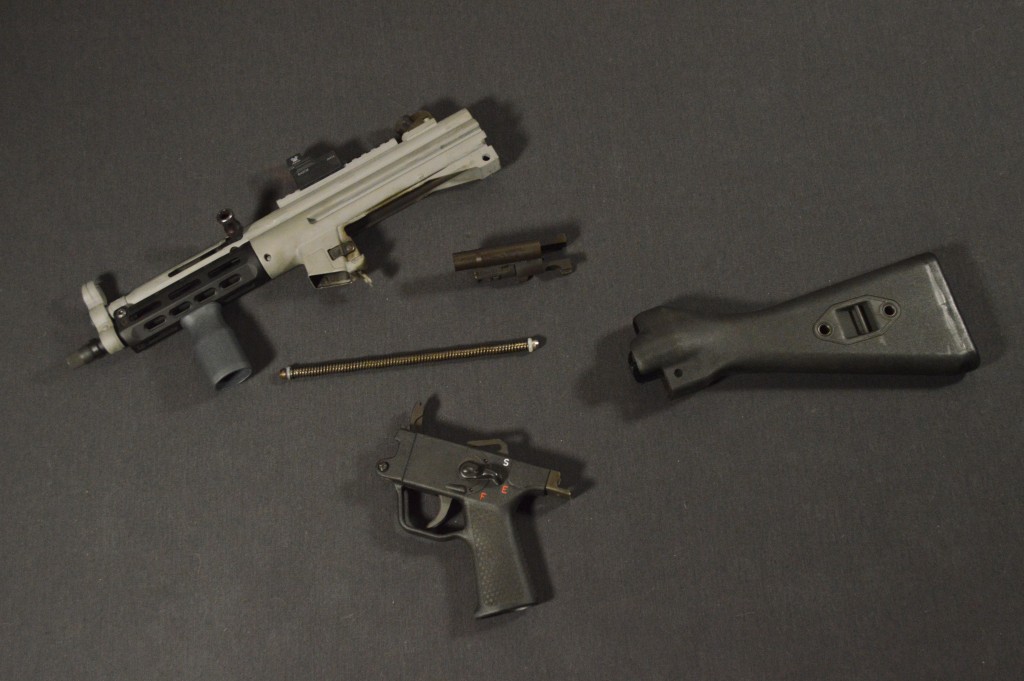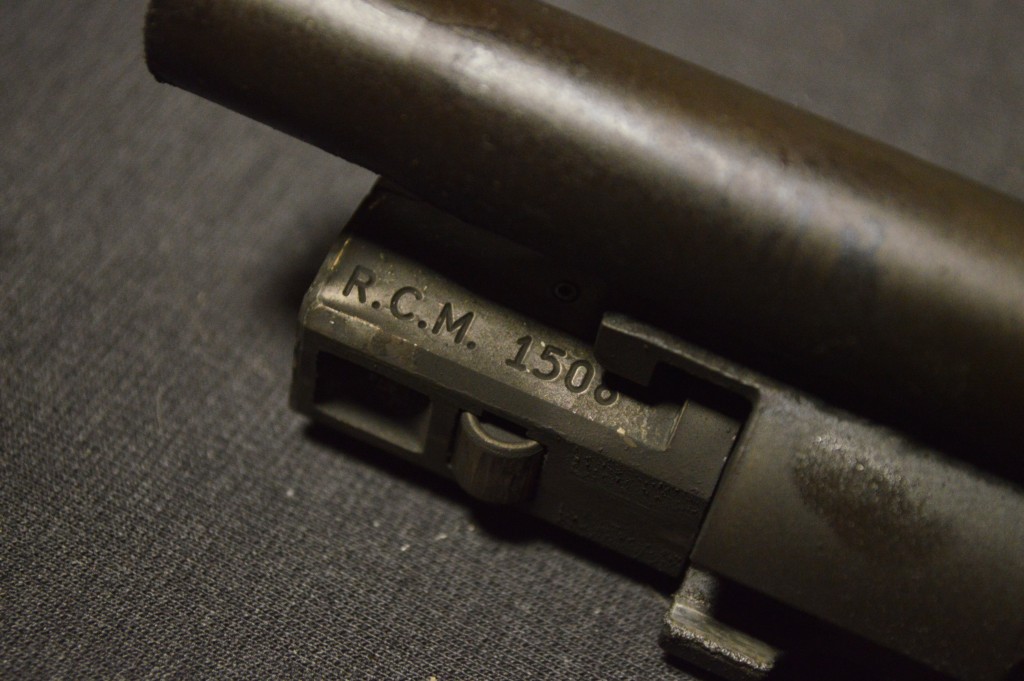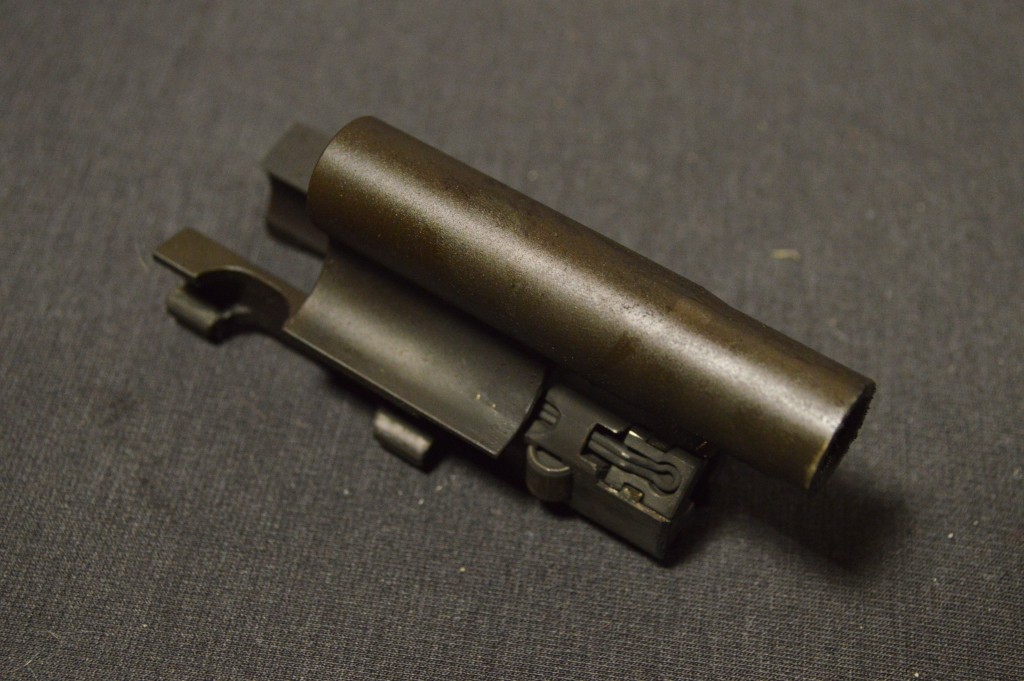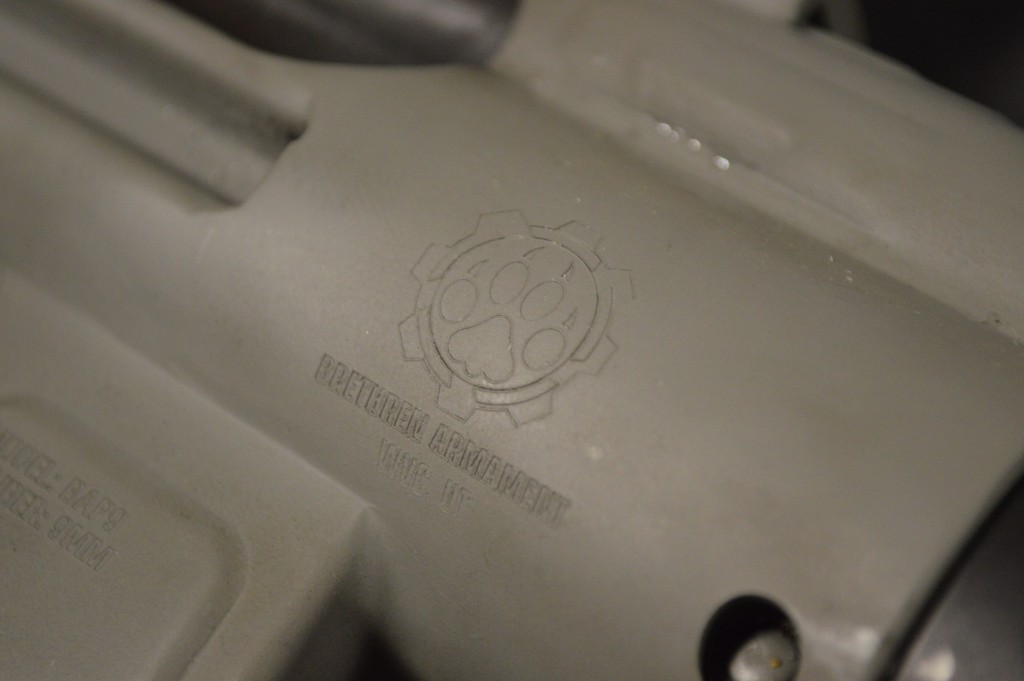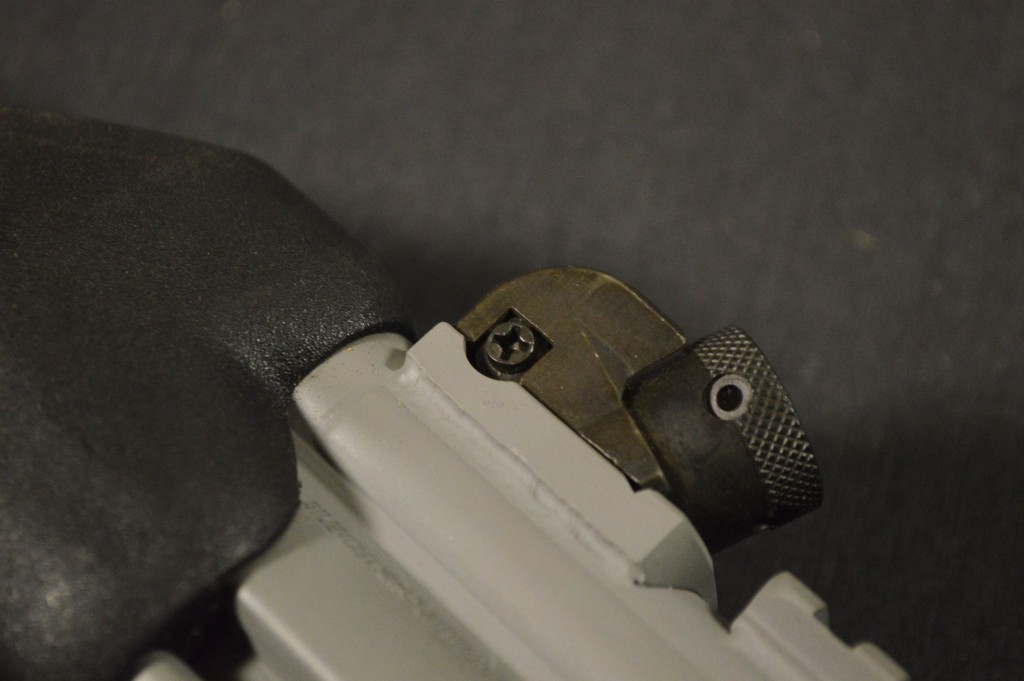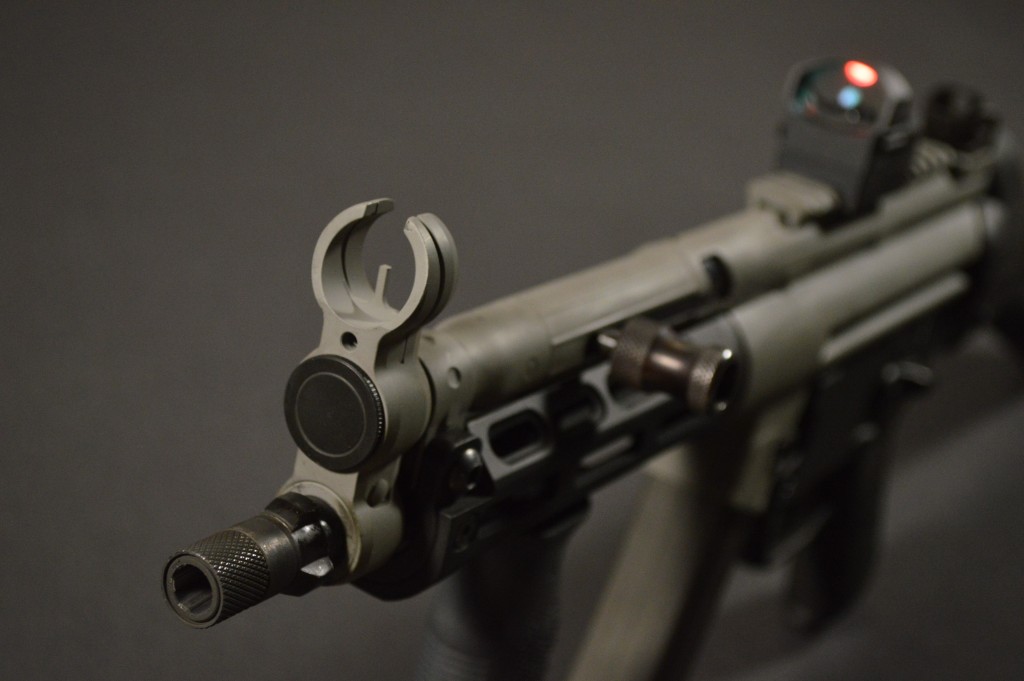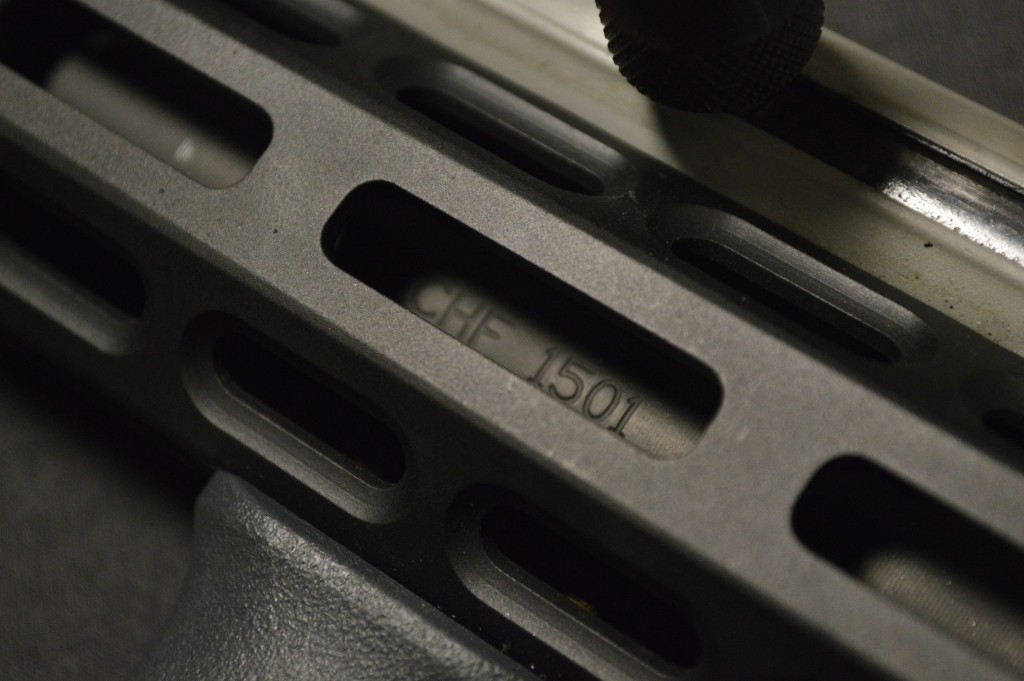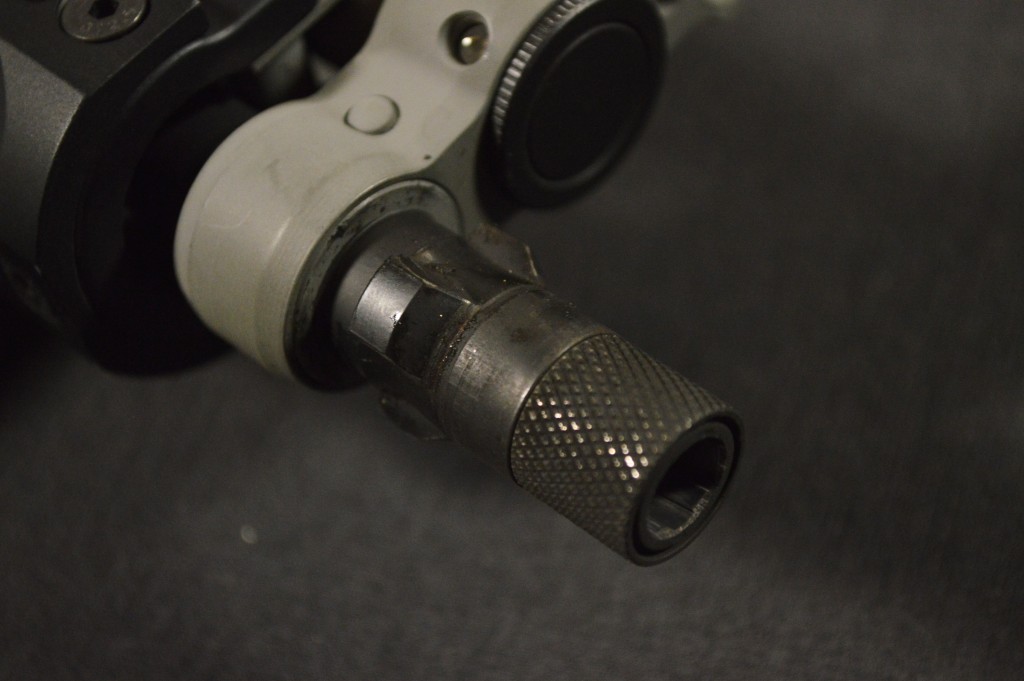Reviewing Silencer Shop’s Custom Brethren Armament BAP9 MP5
The story of today’s most prolific submachine gun began over five decades ago. After Heckler & Koch found its 7.62x51mm G3 to be an excellent performer in the hands of German forces and militaries around the world, the company set out to bring the G3’s roller-delayed blowback system to other calibers and other form factors. This development, which began in 1964, moved quickly, and after only two years, HK had secured contracts to provide several German units with their new 9mm submachine gun, the MP5. While the MP5 has just turned 50 years old, it still stands as what many would consider the most iconic 9mm subgun of all time.
The key differentiator between the MP5 and the bulk of its competitors is the gun’s roller-delayed operating system. The MP5 relies on three major components that set it apart from straight blowback competitors: the bolt head, the locking piece, and a pair of rollers. When in battery, the recoil spring presses on the bolt carrier, which in turn applies pressure to the locking piece. The locking piece slides into the rear of the bolt head and features two angled surfaces, which attempt to force the captured rollers outward. This outward pressure locks the rollers into two crevices inside the barrel trunnion to provide secure lock-up prior to firing.
When the MP5 is fired, the blowback from the 9mm round exerts a rearward force on the bolt head. However, since the bolt is locked in place by the rollers and locking piece, it cannot move unless these parts relent. Now because the locking piece is tapered, pushing against its nose will naturally force it towards the rear of the gun. This is exactly what the rollers do. As the bolt head attempts to move rearward, it presses the rollers against the locking grooves of the trunnion. Under high pressure, this causes the rollers to retract and press against the locking piece. Once the locking piece begins to move, the rollers can then retreat into the bolt head, unlocking the action and cycling the bolt.
There are several advantages that the roller-delayed system has over simple blowback guns. Firstly, it does not rely on heavy bolts and carriers for proper timing. This means that the MP5 is lighter than many other 9mm subguns and also features far less recoil. The MP5’s locking bolt head also allows the chamber pressure to drop substantially before the action opens. This further lowers recoil, but it is critical for suppressed applications as it substantially reduces the noise that comes out of the ejection port.
Now, since the MP5 is such an excellent suppressor host, it should be no surprise that my friends at Silencer Shop recently acquired one for testing and demonstration purposes. Silencer Shop’s gun isn’t exactly your run-of-the-mill MP5, though. Since original German examples are more or less unavailable (excluding the new HK SP5K) and other nations have only recently begun to export licensed replicas, several US manufacturers have taken to producing MP5s using a mix of American and German parts.
Silencer Shop’s short-barreled rifle (SBR) is a custom build from Utah’s Brethren Armament. While it uses some German parts, the BAP9, as Brethren calls it, is mostly an American affair, and it has some unique features that set it apart from its Teutonic progenitor. After having the good fortune to spend a couple of weeks with the gun, I am excited to share my thoughts.
The Build
Brethren Armament’s take on roller-locked guns is a little different than other builders’. Rather than simply reproduce standard MP5-style rifles and pistols, the company has taken it upon themselves to further perfect the design. When you consider that the MP5 is probably the most popular 9mm subgun on this side of the MP40, that’s one hell of a mission. Yet despite the tall order, they seem to have made some real enhancements. Brethren offers an assortment of custom options on the BAP9, including relieved front sight hoods, flip-up sights, extended magazine paddles, tac-latch magazine releases, receivers topped with Picatinny rails, extended charging handles, custom stippled grips, and enhanced triggers. The list goes on and on, but be careful as it’s easy to spend a LOT of money on a Brethren build. That doesn’t mean the finished product won’t be worth the scratch, but if you have to ask about the price, perhaps the standard BA9 line is more your speed.
Brethren’s improvements to the MP5 design actually are appreciated. In particular, I found their extended charging handle to be far more comfortable than the standard part. While most roller-lock builders now offer receivers with integrated Picatinny rails, the inclusion of this mounting surface adds considerable value to the BAP9.
The BAP9 line is by and large, totally US-made. Beyond the trigger group, the overwhelming majority of the parts are made here in America. Of these, most come from Rim Country Manufacturing. The rifle’s hammer forged and Nitride-treated barrel, its bolt carrier, and its bolt are all RCM parts. I own a threaded USP 9mm barrel from RCM, as well as one of their #17 locking pieces for HK91/PTR-91 rifles. In my experience, they make excellent parts, and the pieces featured on Brethren’s BAP9 are no exception.
Silencer Shop’s BAP9 sports a Magpul MVG riding below Brethren’s aluminum M-LOK handguard. The forearm attaches solidly to the rifle with positively no play. Over a long, hot day of use at the range, I never found it to be too warm to grasp, but then again, the BAP9 is a 9mm carbine. The handguard’s slim profile makes it far more appealing in my eyes than Picatinny options that have traditionally been used to mount accessories to MP5s. Since Brethren’s M-LOK or Keymod handguards add only $50 to the price of an already spendy build, I see them as worthwhile upgrades.
The BAP9 that Brethren Armament put together for Silencer Shop features what the company calls their “weldless” finish. Yes, the gun still features welds in all the places you would expect to find them on an MP5, but Brethren has gone to great lengths to hide the seams. While my PTR-91 is far from sloppily built, the BAP9 simply outclasses it with respect to weld appearance (or lack thereof). Frankly, I couldn’t care less about the visibility of the firearm’s welds, but Brethren offers the weldless option at no added cost, and it does look every bit as nice as advertised.
The receiver, cocking tube, and triple frame of Silencer Shop’s example are all finished in an even, medium-grey Cerakote, officially known as Sniper Grey. As far as firearm finishes go, Cerakote is probably the best. It is incredibly durable and solvent resistant. The only downside I can see is that dirt and grease seem to want to stick to the paint’s semi-rough surface. That’s not really a big deal at all though.
Sights
Though Brethren’s enhancements are small, their changes to the MP5’s diopter sights are worthwhile. The rear sight is essentially the same drum you might expect on an HK-style firearm. It is windage adjustable using a Phillips screwdriver, and the elevation can be tweaked with an HK sight tool.
Range Report
If you’ve never fired an MP5 of any flavor, it’s pretty difficult to truly appreciate just how incredible the roller-delayed system is in a 9mm package. I covered it in the opening, but since most 9mm carbines and subguns use simpler, direct blowback systems, the overwhelming majority of the MP5’s competition features heavy bolts/carriers that contribute to harsher-than-necessary recoil. The MP5, on the other hand, sports a lightweight carrier and bolt assembly that locks into the barrel trunnion until gas pressure has fallen to a safe level within the chamber. The lighter bolt assembly means less recoil, but so too does the locking breech. It may seem silly, but shooting the BAP9 feels more like a .22 rifle than a 9mm carbine, at least in the recoil department. I don’t think it would be an exaggeration to say that the MP5 (and especially Brethren’s BAP9) is the unquestioned king of 9mm subguns.
The BAP9’s accuracy was equally impressive. Before I got overly excited and decided to dump a magazine into my target, I managed to keep all of my rounds inside of an inch at 25 yards and supported by a sandbag. The RCM hammer forged barrels used by Brethren Armament are phenomenal parts, and HK enthusiasts are fortunate to have a US manufacturer making hammer forged barrels for a wide variety of roller-locked firearms.
Speaking of the RCM barrel, you might remember that it is both threaded 1/2-28 and features the classic 3-lug interface made popular by none other than the MP5. At the range, I happened to have a Bowers VERS 9S (also from Silencer Shop) with Bowers’ new 3-lug adapter. The BAP9 was incredibly fun to shoot without a can, but it was even more impressive with one. Thanks again to the gun’s roller-delayed operating system, it sounded quieter at my ears than even the best .22 LR suppressors. Port noise, which can make or break a suppressed firearm, was almost nonexistent. At least from a shooter’s perspective, I have yet to find a quieter semi-automatic pairing.
As you might expect from a properly built MP5, the BAP9 had no problem with any of the ammo I fed it. Though I only used FMJs, the gun ate through Federal’s 115-grain loads, Freedom Munitions’ 147 and 165-grain rounds, Prvi’s 158-grain pills, and Winchester’s 115-grain white box without issue. The total count for the day was between 400 and 500 rounds. With the Bowers VERS 9S and Freedom’s 165-grain HUSH ammo, the BAP9 was an amazingly polite gun.
The BAP9’s trigger, while far and away from the best I’ve ever experienced on an HK-style gun, is still pretty mediocre compared to quality AR triggers. This isn’t totally Brethren’s fault. The MP5’s trigger design just naturally has a certain amount of creep/take-up that can only be eliminated through a redesign of the fire control group. Interestingly, Brethren is working on a trigger housing that adapts AR triggers to roller-delayed firearms. Still, the BAP9’s trigger has a very smooth, springy take-up and a break that I measured to be around 7 to 7.5 pounds. That’s a couple of pounds lighter than my PTR-91’s, and if someone told me that I could have a Brethren pack to run in the PTR, I would be ecstatic.
Conclusion
The BAP9 is unquestionably an expensive gun, even by roller-lock standards. The cheapest builds start at $2,999, and with options, it’s possible to approach the $3,500 mark. Whether or not the juice is worth the squeeze is up to readers, but Brethren has definitely introduced some worthwhile, compelling features with the BAP9. The gun is unquestionably reliable and an accurate shooter, and if it fits within your budget, you aren’t likely to find a higher quality MP5 build.
If three grand isn’t quite your speed, Brethren does offer their production line BA9. With the BA, you’ll give up some of the customization options and high-end details, like the weldless finish and Cerakote, but you’ll still be getting a solid MP5 for less than $2,000. To be completely honest, this is the route I would go.
Regardless, if you have a hankering for an MP5 (and who doesn’t?) or even a roller-delayed .300 BLK, be sure to check out Brethren Armament’s growing line of HK-style goodness.
An information security professional by day and gun blogger by night, Nathan started his firearms journey at 16 years old as a collector of C&R rifles. These days, you’re likely to find him shooting something a bit more modern – and usually equipped with a suppressor – but his passion for firearms with military heritage has never waned. Over the last five years, Nathan has written about a variety of firearms topics, including Second Amendment politics and gun and gear reviews. When he isn’t shooting or writing, Nathan nerds out over computers, 3D printing, and Star Wars.


